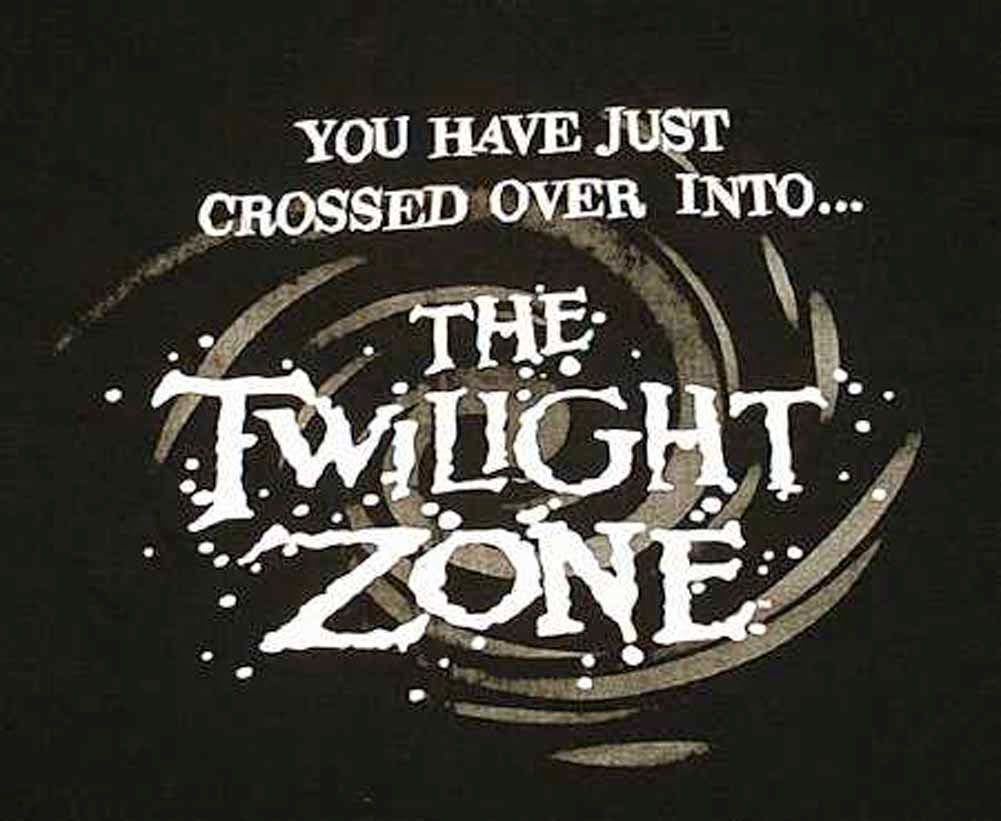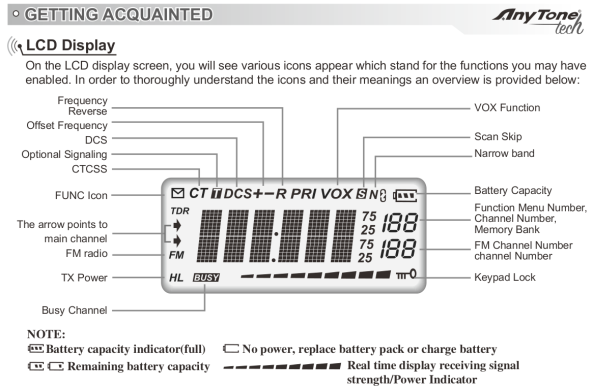Posts Tagged ‘amateurradio.com’
 Haunted?
Haunted?
You know the story. The other night, I loaded the latest version of TQSL for LotW and requested a new call sign certificate from the ARRL. The certificate came, I tried loading it, it wasn't recognized. I tried re-booting the computer several times - nada. I uninstalled TQSL and re-downloaded it and re-installed it. Zilch.
I e-mailed the League and described my problem. They kindly sent me an eleven page .pdf file, describing what to do with troublesome call sign certificates. I was going to un-install TQSL again, delete my certificates and start from scratch. But then I got this nagging little feeling. Give it one more shot, a little voice said.
I successfully signed and uploaded my ADIF file to Newington, without so much as a hiccup, burp or hitch. I did NOTHING new, different or out of the ordinary. Tonight it worked like a charm, when the other night nothing worked. Then I took a look at the certificate properties. "Successfully loaded 2/23/2015" or words to that effect. What? But that's not possible! At least that's not what it was saying the other night! The other night, the certificate couldn't be found!
Excuse me while I run out for some Holy Water. Computers are dark magic and evil. Either that, or I have just crossed over into the Twilight Zone.
72 de Larry W2LJ
QRP - When you care to send the very least!
 Anytone Tech’s new models: User Manuals
Anytone Tech’s new models: User Manuals
As Brick also mentioned in in his last post about Anytone Tech: the reactions on the new models vary wildly. I think Brick said all there is to say, but I’ll add this thought:
– If a radio is cheap but crap, we complain, but buy it anyway.
– If a radio is good but costs more, we complain, but suddenly the price is all that matters.
Let’s see how these radios perform and at what price point before judging them. I know John of Miklor.com gets (or already has) review samples, and I’m on the list too. To give you some more insight in what these radios can and cannot do, here are some preliminary user manuals (PDF).
ANILE-8R User Manual (Preliminary)
NSTIG-8R User Manual (Preliminary)
OBLTR-8R + TERMN-8R User Manual (Preliminary)
 Logbook of the World problems
Logbook of the World problems
Now that I switched shack computers out, I loaded the latest version of Trusted QSL to my shack laptop. I requested a new callsign certificate from that laptop and it arrived today. I tried uploading the certificate to the Trusted QSL program and I keep getting this error:
The certificate is there - the League just e-mailed it to me! I even went to the LotW Website and manually downloaded my certificates - still nothing, same message box pops up. I even tried deleting Trusted QSL and re-installed it thinking there might have been some kind of error when it loaded - no dice.
Any LotW gurus out there have any idea as to what might be going on?
72 de Larry W2LJ
QRP - When you care to send the very least!
 More SSTV from the ISS
More SSTV from the ISS
The SSTV activity had been due to last three days starting on Saturday but commencement was delayed by the NASA space walk.
Receiving the signal and decoding is relatively straightforward due to relatively high power used (around 25W) however getting a perfect image is a challenge and dependant on a number of factors.
- The timing of the overhead pass. Due to the time taken to transmit the image and the three minute delay between each image it is possible to only be in reception range for the end of one image and the start of the next.
- The ISS is moving quickly and so the transmission suffers noticeable Doppler shift. FM is more immune to the effect but for optimal performance adjustment of the tuned frequency is required especially on high elevation passes (more information).
- The ISS moves position, both in direction and elevation as it moves across the sky and will show up the peaks and troughs in a static antennas radiation pattern. This leads to bands of noise when the signal level falls. The use of a rotatable (and if possible tiltable) antenna (or even an handheld one) is the dirigour mode of operating satellites (and the ISS) for serious enthusiasts.
- Noise and local interference will also obviously affect the image.
 |
| Mission Control |
I opted a two pronged approach, the Yaesu FT857D connected to my rotatable four element YAGI which is mounted horizontally for SSB and the old TRIO/KENWOOD TR9000 was connected to the X50 dual-band collinear mounted vertically.
I had two copies of the MMSSTV program running on separate laptops The TR9000 was left running largely unattended tuned to 145.800MHz, while the FT857D was tweaked to the optimum frequency while the YAGI antenna was rotated to the correct azimuth during the pass.
All adjustments were done manually and I use the Orbitron program for prediction and under the Rotor/Radio tab the frequency and azimuth are shown and updated during the pass (as can be seen in the screen show below)
I missed the first low elevation at 11:07UTC, but was able to monitor and decode images on all the remaining passes during the day, with some excellent results, the images show the full images decodes on both radio set ups as a comparison.
 |
| FT857D - Yagi |
 |
| TR9000 - Collinear |
 |
| FT857D - Yagi |
 |
| TR9000 - Collinear |
 |
| FT857D - Yagi |
 |
| TR9000 - Collinear |
 |
| FT857D - Yagi |
 |
| TR9000 - Collinear |
 |
| FT857D - Yagi |
 |
| TR9000 - Collinear |
I was especially pleased when one of my best images was featured on the Amsat-UK and the Southgate Amateur Radio News websites.
What was slightly worrying and it also happened during the last SSTV activities were some operators transmitting on the downlink frequency even during a pass, what sounded like someone keying up was responsible for the single noise line on another perfect image. I even received an unexpected SSTV image, complete with a call sign while the system was waiting for the next pass. I won't publish it here as everyone makes mistakes.
The experiments are continuing today but I am in work so will just leave an automated set up running on the collinear.
Judging by the messages on social media these SSTV activities seem to have captured the imagination of a lot of operators and several members of my local club South Kesteven Amateur Radio Society (SKARS) had their first go with some excellent results and are hooked! The images can seen on the SKARS Facebook page
Long may the activities continue, hopefully started to transmit some live images from space.
 Cool map at N0HR.com
Cool map at N0HR.com
This is the world:
This is the world on Ham Radio:
By clicking on each country, you can find out how many Amateur Radio Ops that country claims.
72 de Larry W2LJ
QRP - When you care to send the very least!
 Steve WG0AT test Drives the new LNR QRP rig
Steve WG0AT test Drives the new LNR QRP rig
Certainly sounds nice and looks good, doesn't it?
72 de Larry W2LJ
QRP - When you care to send the very least!
 US Islands Award Program
US Islands Award Program
For FAQ on the program - go here: http://www.usislands.org/USI-1DG-FAQ.pdf
Might be an excuse to get down to Long Beach Island for the day.
72 de Larry W2LJ
QRP - When you care to send the very least!
















